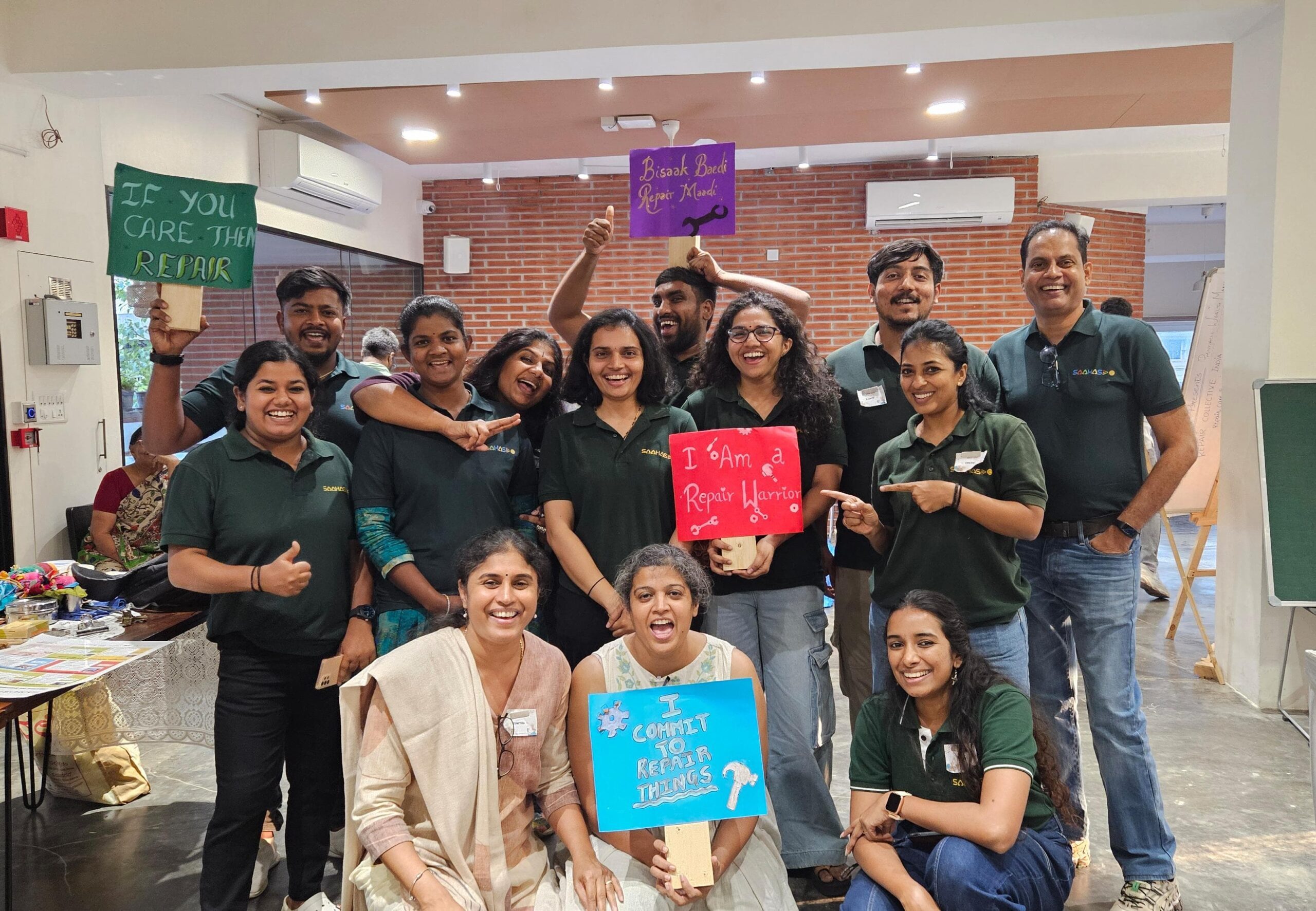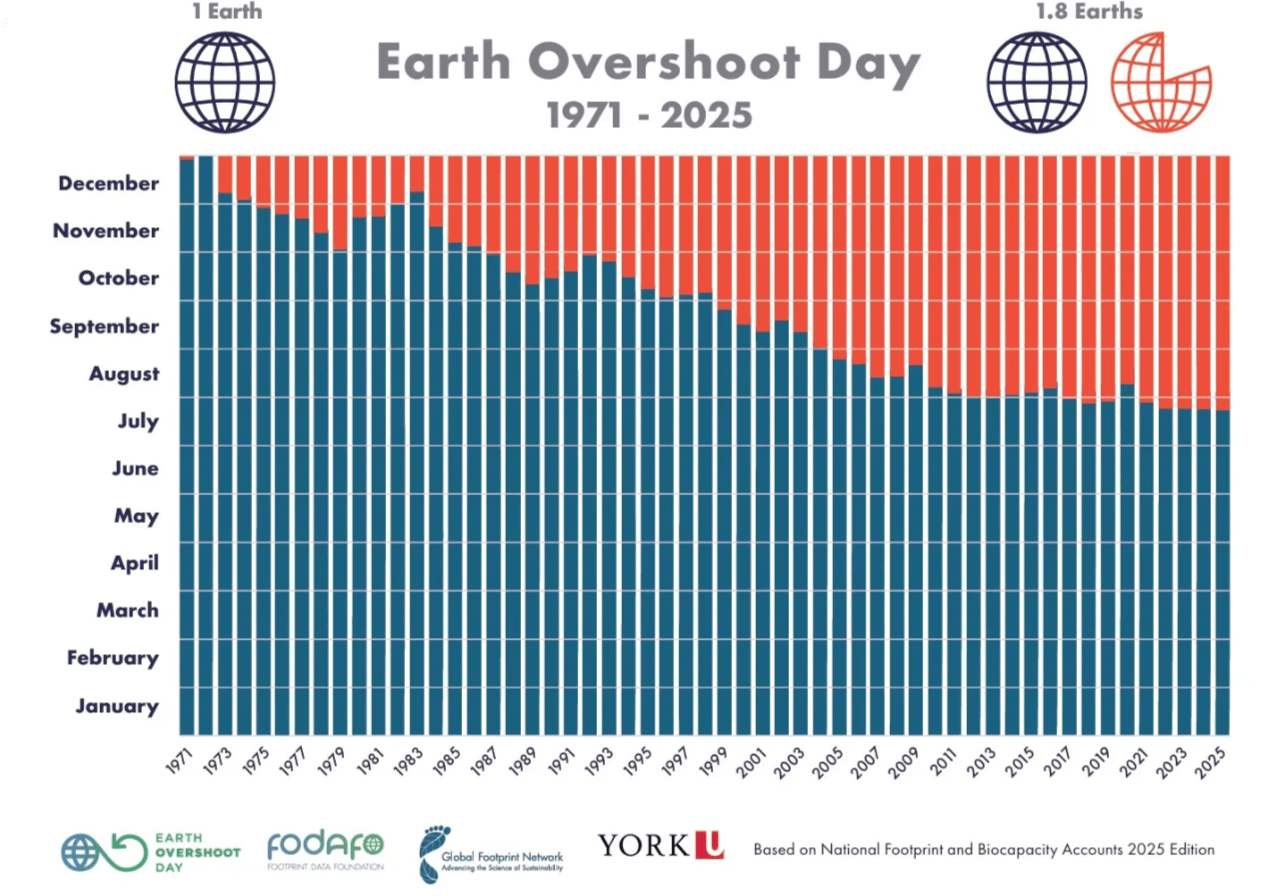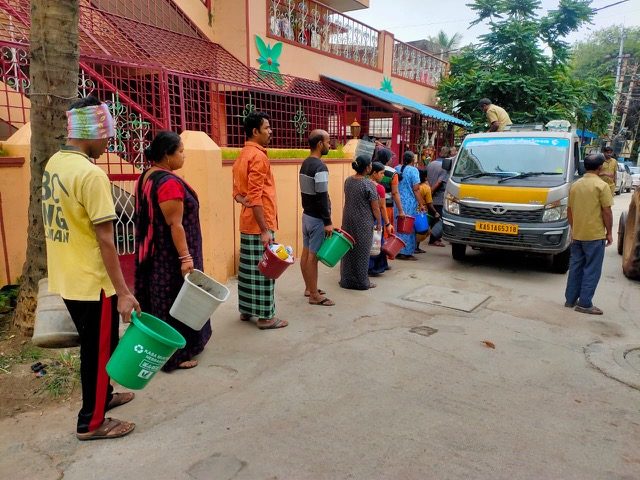It’s Not About Age- How to choose the right menstrual cup size
End-of-life disposal
Sanitary waste
Waste segregation
- by Anusha Mounika

How to choose the right menstrual cup size
Sustainable Menstruation
Every disposable pad or tampon we use takes hundreds of years to decompose. In a lifetime, that adds up to over 10,000 single-use products per person — most of which end up in landfills or oceans.
Switching to a menstrual cup isn’t just a choice for your comfort — it’s a choice for the planet.
A single cup can last up to 10 years, saving thousands of pads and tampons from being thrown away.
By choosing a reusable cup, you’re embracing a lifestyle that’s:
Eco-friendly (less waste, less plastic)
Cost-effective (no monthly spending on disposables)
Empowering (you take control of your body and your impact)
Sustainable menstruation isn’t just about products — it’s about awareness, confidence, and care for both your body and the Earth.
Let’s be honest ! picking a menstrual cup can feel confusing. Small? Medium? Large? Some brands say it depends on your age, others talk about your flow, and some don’t explain it at all.
A common myth says: “If you’re over 18 , you need a medium cup.” That’s outdated advice.
But here’s the truth:
Menstrual cup size has little to do with your age — and everything to do with your body and lifestyle.
Once you understand that, choosing your perfect fit becomes much easier.
So, What Actually Decides the Right Size?
Your ideal menstrual cup size depends on a few key factors:
Whether you’re sexually active
Whether you’ve given birth vaginally
And how strong or relaxed your pelvic muscles are
These details shape the internal space of your vagina — which means they directly affect how well a menstrual cup fits, seals, and feels.
If You’re Not Sexually Active
If you haven’t been sexually active, your vaginal muscles are likely firmer and the opening smaller. A small-sized menstrual cup is usually the best choice — it’s easier to insert, more comfortable to remove, and sits snugly without pressure.
If You Are Sexually Active
If you are sexually active, your vaginal muscles tend to be a bit more flexible. That means a medium-sized cup often provides a better fit. It’s enough to create a secure seal (no leaks!), yet still comfortable to wear all day — whether you’re working, exercising, or sleeping peacefully through the night.
If You’ve Given Birth Vaginally
If you’ve had a vaginal birth, especially if your baby weighed more than 3.5 kilograms (7.7 lbs), your vaginal canal may have stretched and your pelvic muscles may be more relaxed.
In that case, a large-size menstrual cup is usually the best choice. It provides better capacity, comfort, and sealing for your post-birth anatomy.
Why Age Isn’t the Deciding Factor
Bodies don’t change in the same way for everyone at a specific age. Two women of the same age can have completely different muscle tone, flow, and anatomy.
So instead of age, focus on how your body feels and responds — that’s the best guide for choosing your size.
Conclusion:
Choosing the right menstrual cup is about knowing your body, not your birth year.
If you’re not sexually active → choose a Small cup.
If you are sexually active → choose a Medium cup.
If you’ve given birth vaginally (especially to a baby over 3.5 kg) → choose a Large cup.
Note: The size of a cup can vary depending on the brand, as different brands offer varying diameters for the cup opening or overall dimensions. Typically, a size S cup has a diameter between 36-38 mm, size M ranges from 41-45 mm, and size L is above 45 mm. If your cup is not the right size, it may lead to leakage if it’s too small, or cause discomfort and pain if it’s too large. Therefore, consulting a doctor for advice on choosing the appropriate cup size is always a wise decision.
When your cup fits right, your period feels lighter, freer, and a lot more empowering — for you and for the environment

Circular economy
Reduce
Repair
Resource recovery
Reuse
Sustainable lifestyle
by Divya Tiwari, Consultant and Advisor Saahas.

Earth
Global Warming
Natural Resources
Renewable Energy
by Prabha Mohan, Project Manager, Saahas.

Circular economy
environmental pollution
Policy
Sustainable lifestyle
Waste segregation
- by Anas Mohammed, Project Manager, Saahas